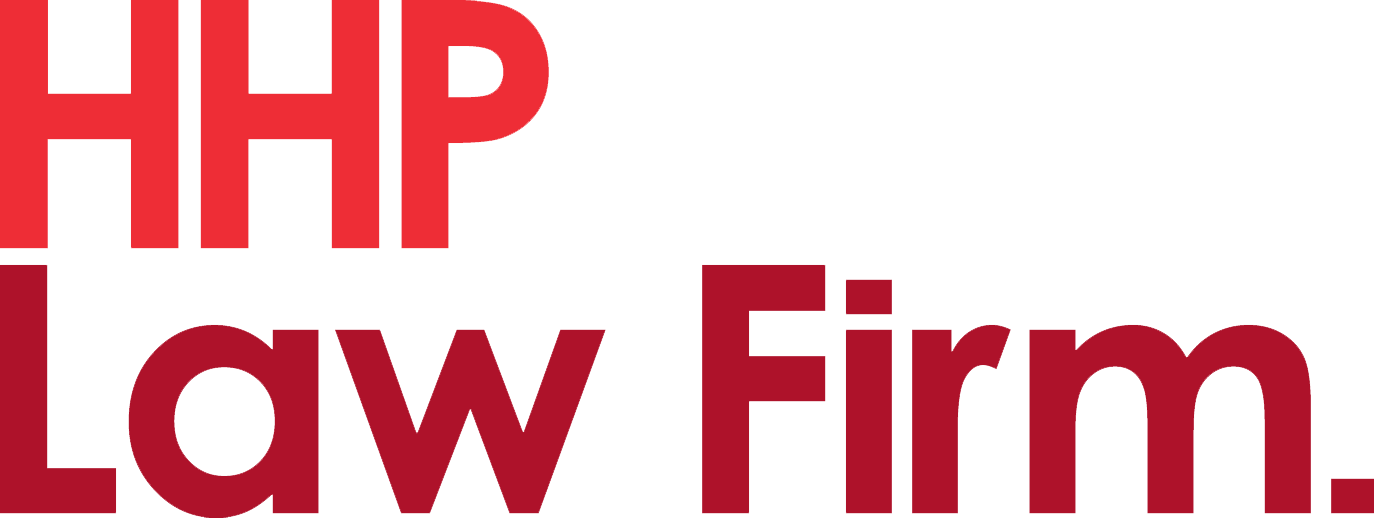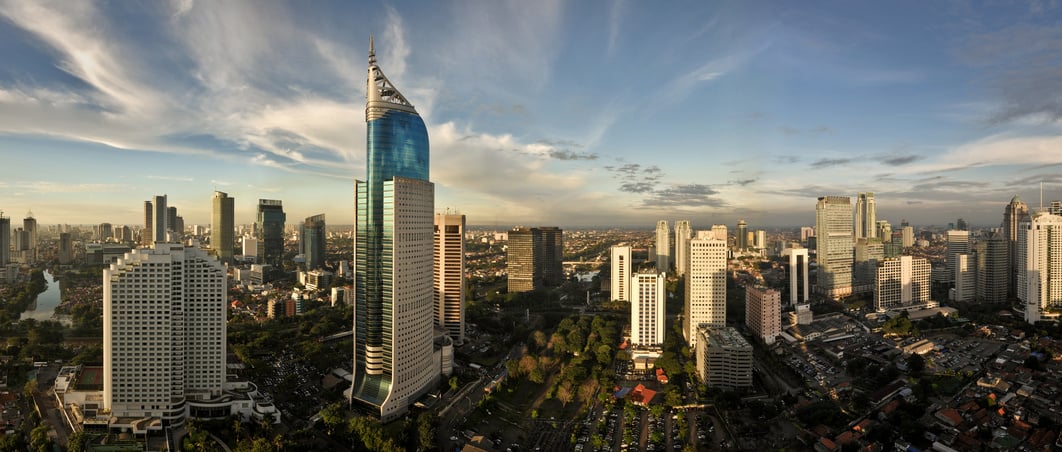Business actors in the food and beverage industry should be aware of the upcoming limits on sugar, salt, and fat content in their pre-packaged and ready-to-eat products
In brief
On 26 July 2024, the government of Indonesia issued Government Regulation No. 28 of 2024 (“GR 28“), which is an implementing regulation of Law No. 17 of 2023 on Health (“Health Omnibus Law“). GR 28 came into effect on the same day it was issued. This client alert will specifically discuss the processed food-related provisions under GR 28. You can read about other topics regulated in GR 28 here.
Through GR 28, the government aims to impose control by setting up limits on the maximum content level of sugar, salt and fat (known as gula, garam dan lemak/”GGL“) in processed food products. This is an attempt from the government to control non-communicable diseases that are caused due to high consumption of GGL (e.g., hypertension, diabetes).
This has sparked considerable controversy, as business actors anticipate they may need to modify their products to comply with the new requirements. Although not discussed in detail, GR 28 suggests that the GGL content in processed foods, including pre-packaged and ready-to-eat items, will be restricted.
In depth
GR 28 introduces various mandatory requirements and limitations for entities involved in the manufacture, advertisement, importation and/or distribution of processed foods. The details regarding the upper limits of GGL consumption will be further elaborated in upcoming regulations from the Ministry of Health.
GGL consumption control
As mandated under the Health Omnibus Law, GR 28 provides more details on how the limits will be implemented by the government to control the consumption of products that are high in GGL. The following are some of the notable aspects that will be affected by the maximum limit for GGL:
- Production, importation, and distribution: GR 28 establishes a clear requirement for food products to comply with maximum GGL content limits. It also imposes sanctions on those who violate these requirements. However, there are no specific details of how these restrictions will be enforced. We expect the details will be set out in further regulations from the Ministry of Health.
- Advertisement: GR 28 provides restrictions on advertising foods that are high in GGL during specific times, in specific locations, and to specific target groups. Further details will be determined by the government in upcoming regulations.
- Tax: GR 28 takes a serious approach to controlling the circulation of products that are high in GGL, which may include imposing taxes. Although the specific products are not clearly defined, this marks a significant shift, as this issue has also been included in the 2025 fiscal plan.
- Labelling: GR 28 mentions that food labels must now include the amounts of sugar, salt, and fat contained in the product. Additionally, it appears that the regulation will establish front-of-pack labelling (FOPL). It is unclear how and to what extent this will be implemented, for example, whether it will follow the traffic light method (i.e., green, yellow, and red) used in Singapore.
Indonesian Food and Drug Authority (BPOM)’s limitation on GGL has started before GR 28, through BPOM’s 2021 food labeling regulation. However, the regulation was more focused on labelling limitations, namely, only products that do not exceed a certain amount of GGL can have a “healthier option” label. For example, chocolate drink powder products may only display the label if they contain no more than 9 grams of fat and 45 grams of sugar per 100 grams. GR 28 takes this a step further by regulating the maximum limits to control the consumption of products that are high in GGL and does not look at the issue only from a labelling perspective.
Key takeaways
While GR 28 introduces significant new measures to control the consumption of products that are high in GGL, many aspects will only be clarified once the implementing regulations are released. Business actors in the food and beverage industry should prepare to adapt quickly to the evolving landscape and maintain a competitive edge in their markets.
Understanding the restrictions outlined in the regulation will help business actors gain a comprehensive understanding of regulatory compliance requirements and will allow them to effectively navigate their strategic direction.
* * * * *

© 2024 HHP Law Firm. All rights reserved. HHP Law Firm is a member firm of Baker & McKenzie International. This may qualify as “Attorney Advertising” requiring notice in some jurisdictions. Prior results do not guarantee a similar outcome.






